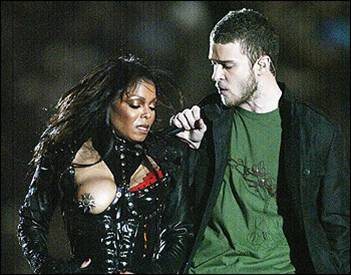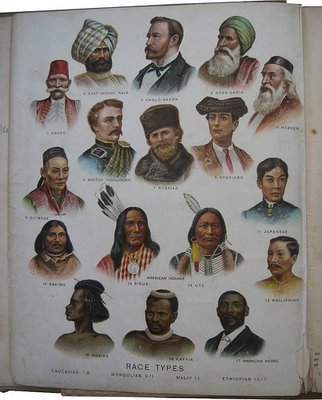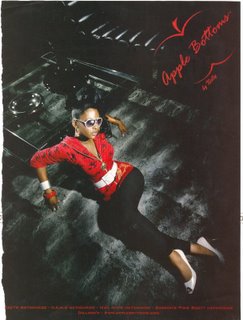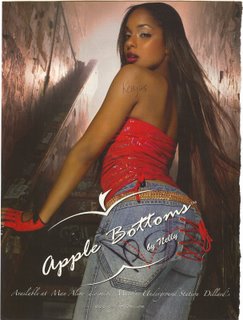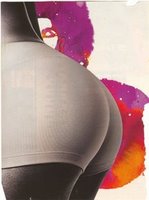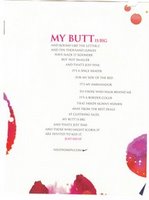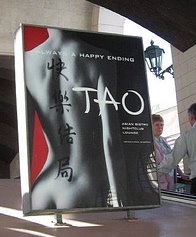Here are two ads for Salesgenie. Both aired during the Super Bowl and both, for no apparent reason, used animated characters with thick accents–in the first Indian, in the second, Chinese.
NEW! (Mar. ’10): Melissa S. sent in this commercial for MetroPCS that features two men with strong accents who I believe we’re supposed to find funny looking and ridiculous:
Melissa says,
There are very few positive depictions of Indians in American entertainment and it really saddens us that this video and these images are the only images that many will see of Indians…I wonder why the commercial couldn’t simply have two men who happen to be brown touting the product? Does having an “Indian” accent automatically make this funnier?

